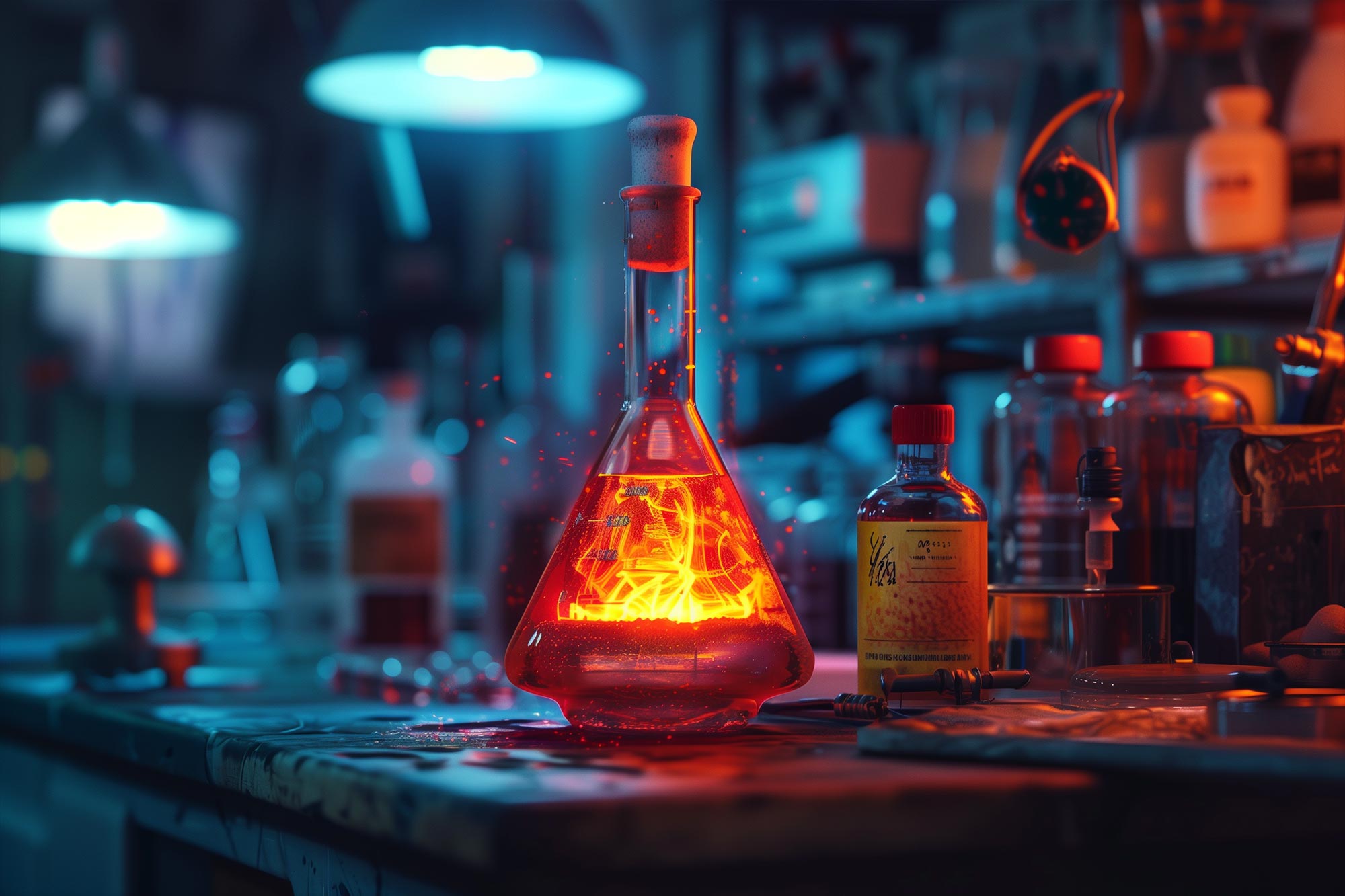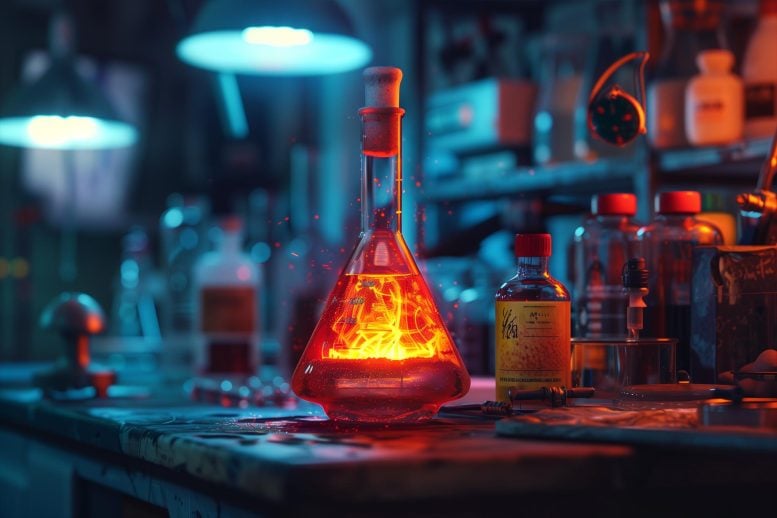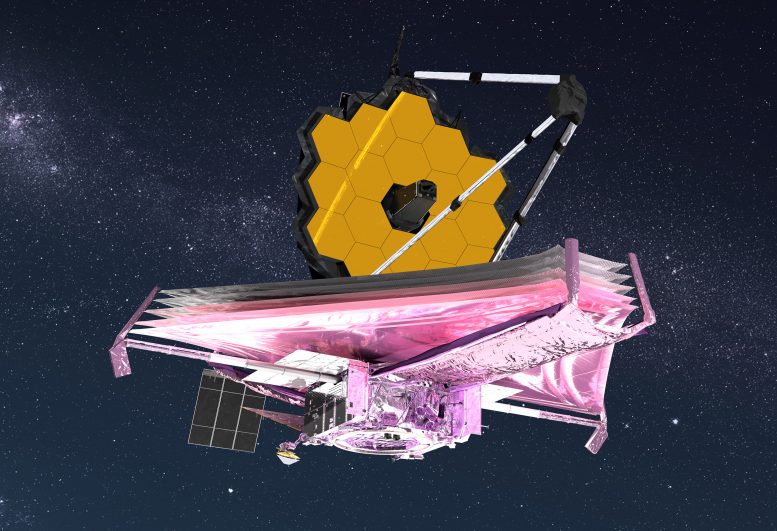

A study by the University of Colorado Boulder reveals that certain biosignatures, such as dimethyl sulfide, which were previously considered indicators of life on other planets, can be created in lab environments.
This finding, which stems from simulating extraterrestrial atmospheres, suggests a reevaluation of how we interpret signs of life from space data.
Understanding Biosignatures
One way to explore the potential for life on distant planets—those orbiting stars other than our own—is by studying their atmospheres. Telescopic images can reveal gases that suggest the presence of life and habitable conditions. However, a recent study by the University of Colorado Boulder challenges this notion by demonstrating that a gas commonly considered a biosignature of life can be produced synthetically in a lab without any living organisms.
Rethinking Organic Compounds in Space
The paper, published on September 23 in Astrophysical Journal Letters, found one type of molecule scientists typically view as a sign of life, known as a biosignature, may not be as strong an indicator of life as previously thought. This compound, dimethyl sulfide, an organic sulfur compound typically produced by marine microbes, was created using light and gases that are common in many planetary atmospheres.
The researchers said creating dimethyl sulfide in the lab was exciting, but their findings flip previous research on its head. The work is led by CU Boulder’s Cooperative Institute for Research in Environmental Sciences (CIRES) Visiting Fellow Nate Reed and CIRES Fellow and associate professor of chemistry Ellie Browne.
“The sulfur molecules that we’re making are thought to be indicators of life because they’re produced by life on Earth,” Browne said. “But we made them in the lab without life — so it might not be a sign of life, but could be a sign of something hospitable for life.” Organic sulfur compounds might not be robust biomarkers but could instead serve as markers of metabolic potential, according to the study authors.

Advances in Space Telescope Research
NASA’s James Webb Space Telescope (JWST) launched in 2021. One of its missions is to capture images of exoplanets, planets outside of Earth’s solar system, to understand different atmospheres. Part of the spacecraft’s mission is to ask: Do these planets support life?
The new study looks at what happens in a planet’s atmosphere when gases react with light and form an “organic haze and associated gases,” aerosol particles formed via atmospheric chemistry. The authors focused on organic molecules that contain sulfur, including dimethyl sulfide, which are secondary metabolic products of living organisms on Earth.
“One of the big findings of the paper that we saw was dimethyl sulfide,” said Reed. “That one was exciting, because it’s been measured in exoplanetary atmospheres, and it’s thought previously to be a sign of life living on the planet.”
To recreate planetary atmospheres in a lab, Reed and Browne alongside co-authors, including CIRES associate director Maggie Tolbert, mimic atmospheres where light reacts with gases. In the new study, they used UV light to turn methane and hydrogen sulfide molecules into reactive species, which produce organosulfur gases — the biosignatures seen from the James Webb Space Telescope.
Reed noted that while the findings are exciting, they are limited to a singular type of atmosphere. “There’s a wide variety of atmospheres, and we only looked at small differences in one — you can’t study every atmosphere that exists in a lab,” he said.
Laboratory Challenges and Future Research
Looking forward, the researchers hope their study will inspire more fundamental laboratory studies looking at basic chemical reactions, especially with sulfur. Sulfur is challenging to work with — it’s sticky, smelly, and toxic. But not studying sulfur reactions prevents scientists from fully understanding what these findings mean about biosignatures.
“When we’re searching for these biosignatures, the tendency is to want to sensationalize ‘we detected signs of life,’” Browne said. “The atmosphere is really good at making a whole bunch of different molecules, and we’ve found that just because it can be made in a lab, doesn’t mean it’s not a source.”
Reference: “Abiotic Production of Dimethyl Sulfide, Carbonyl Sulfide, and Other Organosulfur Gases via Photochemistry: Implications for Biosignatures and Metabolic Potential” by Nathan W. Reed, Randall L. Shearer, Shawn Erin McGlynn, Boswell A. Wing, Margaret A. Tolbert and Eleanor C. Browne, 23 September 2024, The Astrophysical Journal Letters.
DOI: 10.3847/2041-8213/ad74da